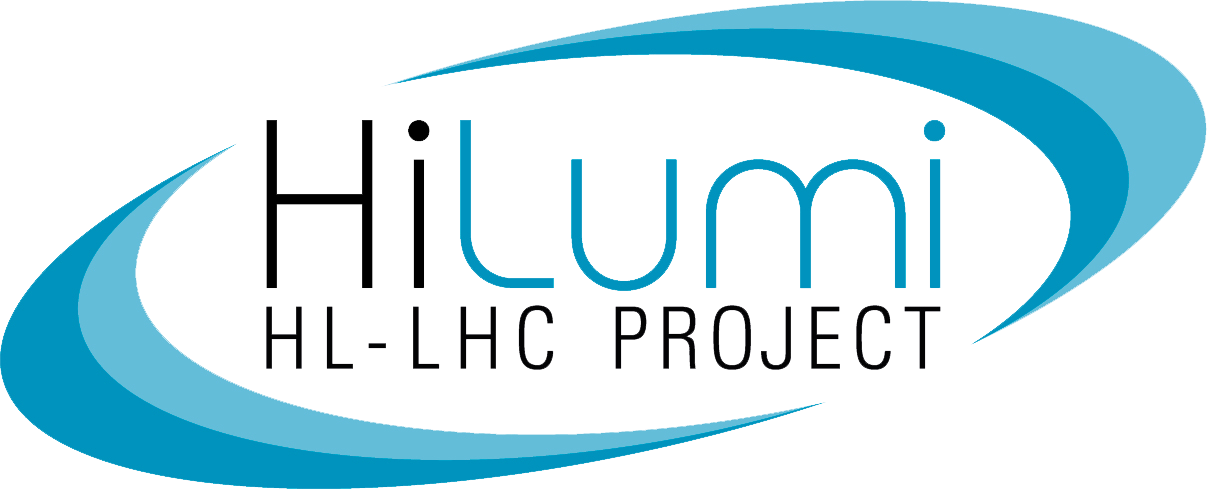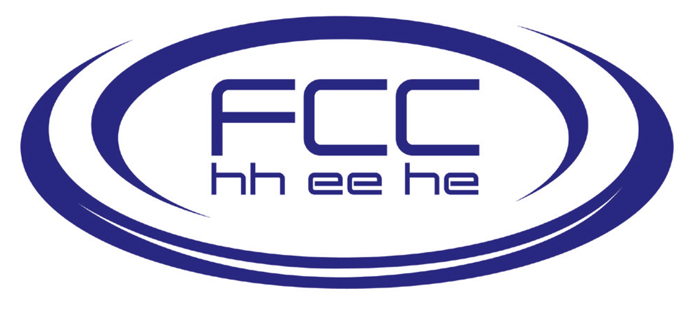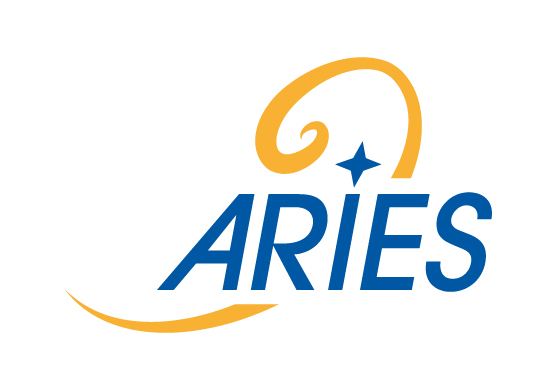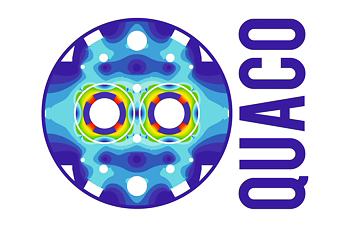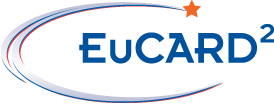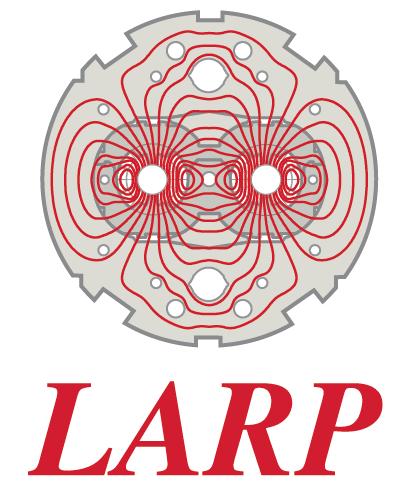CERN Projects
|
LIU: LHC Injectors Upgrade |
|
|
|
FCC: Future Circular Collider |
European Projects
|
ARIES: Accelerator Research And Innovation For European Science And Society |
|
|
|
QUACO: Quadrupole Corrector |
|
TIARA: Test Infrastructure and Accelerator Research Area |
|
Past Projects
|
|
EuCARD: European Coordination for Accelerator Research & Development |
|
EuCARD-2: Enhanced European Coordination for Accelerator Research & Development |
|
|
|
HiLumi LHC Design Study: High Luminosity Large Hadron Collider Design Study |
|
sLHC: super LHC |
International Project
|
|
LARP: U.S. LHC Accelerator Research Program |
